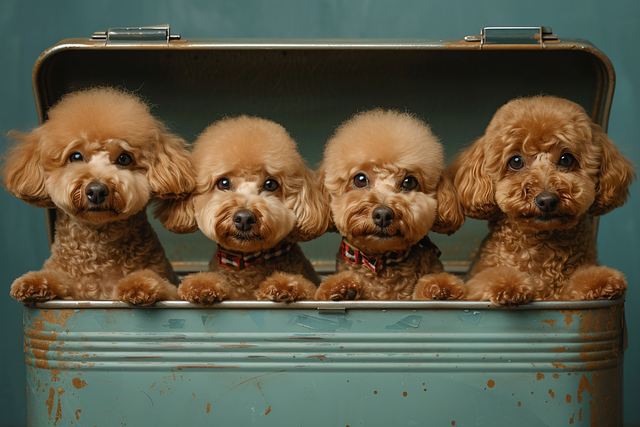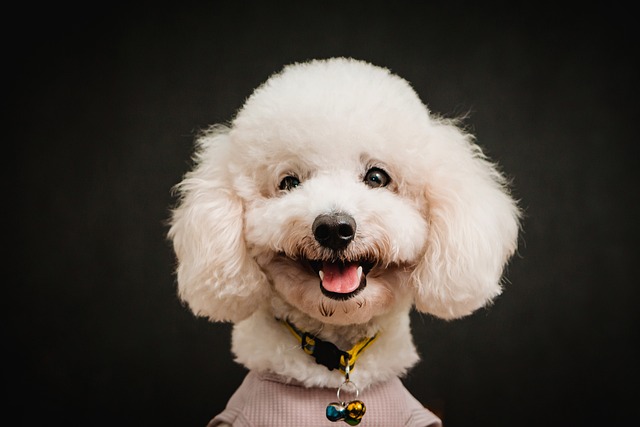
What is the number one cause of dog allergies
Imagine you’re in your Chicago apartment, sitting on the floor with your 9-month-old Golden Retriever, Max. He’s been licking his paws so much they’re red, and when you brush his belly
Imagine you’re on your Chicago apartment floor, playing tug-of-war with your 8-month-old Beagle, Daisy—her favorite rope toy in one hand, your other scratching her belly. Usually, she’s wiggling nonstop, but today she freezes when your fingers brush her left paw. You lift it gently and see a tiny, red cut you missed earlier. If you’re a new US dog owner, this moment might make you think: How do I catch these small things before they get worse? A basic at-home health check is the answer—it takes 5 minutes, fits right into your nightly snuggle time, and lets you be your pup’s first health guard.
First, let’s break down why this matters. Dogs are natural “pain hiders”—it’s a leftover instinct from the wild, where showing weakness made them easy prey. That means by the time you notice big signs (like limping or not eating), a problem (like a paw cut or ear infection) might have been bothering them for days. A basic check works because it focuses on everyday “normals”—you’ll learn what Daisy’s eyes, ears, and gums usually look like, so even tiny changes stand out. My friend’s Poodle in Austin missed a small ear infection until her weekly check—by then, the pup was shaking her head nonstop. Catching issues early saves vet trips (and money) and keeps your dog comfortable.
So how do you do it? Keep it low-key—do it while your pup is relaxed, like after a walk or during a TV break. Start with eyes: They should be bright, no goopy discharge or redness. If you see crust in the corners, wipe it gently with a damp paper towel (skip cotton swabs—they can hurt!). Next, ears: Lift the flap and sniff—healthy ears smell like clean skin, not a musty sock. If Daisy pulls away or you see dark gunk, that’s an infection sign. Then, gums: Lift her lip—they should be pink and moist (like your cheek). Pale or sticky gums mean dehydration, so offer fresh water right away. Run your hands over her body—feel for lumps, bald spots, or tender areas (like that sore paw). Finally, check her poop on walks—firm, brown stool is normal; runny or bloody means a call to the vet. Reward her with a tiny treat (freeze-dried chicken works!) when you’re done—this turns the check into a fun routine, not a chore.

Now, let’s tie in US rules and culture. First, vaccines: At-home checks aren’t a replacement for vet visits—every state requires rabies shots (California mandates the first dose by 4 months old), and boosters keep your dog safe from deadly diseases. If your check finds something off (like a lump), don’t wait—many US cities (like Seattle) have low-cost clinics for new owners. Second, community manners: When you check your dog’s poop on walks, always clean it up—cities like Boston fine $200 for uncollected waste, even if you’re just monitoring health. For apartment dwellers: Since space is tight, watch energy levels too—if your pup sleeps more than usual (even if her check looks good), she might need more short walks to stay healthy. And remember: Never force the check—if Daisy pulls away from her ear, stop and try later with a treat. Punishment (like holding her down) will make her fear the process, which breaks trust—US dog culture is all about positive reinforcement.
With a week of practice, this check will feel natural. You’ll know your pup’s “normal” so well, you’ll spot a problem before she even acts like something’s wrong. It’s not just about health—it’s about being the owner your dog trusts to keep them safe.

Imagine you’re in your Chicago apartment, sitting on the floor with your 9-month-old Golden Retriever, Max. He’s been licking his paws so much they’re red, and when you brush his belly

Imagine you’re in your Chicago apartment, sitting on the floor with your 10-month-old Poodle, Luna, after a walk. You run your fingers through her fur and freeze

Hip dysplasia isn’t just a senior dog issue—breeds like Labradors and German Shepherds often show signs as early as 6 months, with stiffness after naps or reluctance to climb stairs.

Imagine you’re in your Austin apartment, folding laundry while your 8-month-old Beagle, Lucy, curls at your feet. She’s been licking her paws nonstop lately

Imagine you’re in your Chicago apartment, kneeling down to give your 18-month-old French Bulldog, Lola, a belly rub—her favorite part of the evening.

Imagine you’re in your New York City apartment, sitting on the floor with your 10-year-old Corgi, Bella—she’s curled against your leg, slower to stand up than she was a year ago